
Maintaining clog-free gutters is essential for protecting your home from water damage, foundation issues, and costly repairs. Leaves, twigs, and debris can quickly accumulate, leading to clogs that cause overflowing water, sagging gutters, and even roof damage. The good news? With the right approach, you can keep your gutters clean and functional all year long.
In this guide, we’ll explore the best ways to maintain clog-free gutters, including cleaning tips, preventive measures, and how investing in the best gutter guards can save you time and effort.
Step 1: Regular Gutter Cleaning
The first step to preventing clogs is routine maintenance. Most homeowners should clean their gutters at least twice a year—in the spring and fall. If you have trees near your home, you may need to clean them more often.
How to Clean Your Gutters:
- Wear gloves and safety goggles to protect your hands and eyes.
- Remove leaves, twigs, and debris using a scoop or small shovel.
- Flush the gutters with a garden hose to check for proper water flow.
- Ensure downspouts are clear—use a plumber’s snake or high-pressure hose if necessary.
Pro Tip: Cleaning your gutters on a dry day makes the job easier since wet debris can be heavier and harder to remove.
Step 2: Install the Best Gutter Guards
Gutter guards are a game-changer for homeowners looking to reduce maintenance and prevent clogs before they happen. The best gutter guards act as a protective shield, keeping leaves and debris out while allowing water to flow freely.
Top Types of Gutter Guards:
Mesh Gutter Guards – Fine metal or plastic screens that block debris while letting water through.
- Reverse Curve Gutter Guards – Designed to direct water into the gutter while shedding debris.
- Foam Inserts – Fit inside the gutter to trap debris on top while water flows underneath.
- Brush Gutter Guards – Cylindrical bristles that block large debris while allowing water to pass.
- Benefits of Installing Gutter Guards:
- Reduces the need for frequent cleaning
- Prevents clogs and water overflow
- Extends the lifespan of your gutters
- Keeps pests, birds, and rodents out
Pro Tip: The best gutter guards for your home depend on factors like tree coverage, roof type, and climate. Investing in a high-quality system can save time and money in the long run.
Step 3: Ensure Proper Drainage
Even with the best preventive measures, ensuring your home’s drainage system functions properly is key to avoiding water-related issues.
How to Keep Water Flowing:
- Check that downspouts extend at least 5 feet from your home’s foundation.
- Use gutter extensions if needed to direct water away from your property.
- Keep an eye out for puddles or pooling water near your home after heavy rain.
- Inspect for leaks, cracks, or sagging sections that might affect drainage.
Step 4: Schedule Seasonal Inspections
To keep your clog-free gutters in top shape, perform a seasonal inspection to catch minor issues before they turn into costly problems.
What to Look for:
- Rust or corrosion on metal gutters
- Loose or missing fasteners
- Sagging or detached sections
- Water stains on exterior walls (a sign of overflow)
Pro Tip: If you’re not comfortable inspecting your gutters, consider hiring a professional gutter service to check them at least once a year.
FAQ’s
1. What are the best gutter guards for preventing clogs?
The best gutter guards depend on your home’s location and climate. Mesh gutter guards and reverse-curve guards are among the most effective for keeping debris out while allowing water to flow freely.
2. How often should I clean my gutters if I have gutter guards installed?
While gutter guards significantly reduce buildup, they’re not completely maintenance-free. You should inspect and clean your gutters at least once a year to remove small debris that may collect over time.
3. Can clogged gutters cause damage to my home?
Yes! Clogged gutters can lead to roof leaks, foundation cracks, mold growth, and even structural damage. Keeping clog-free gutters is crucial for protecting your home.
4. Do gutter guards work in heavy rain?
High-quality gutter guards are designed to handle heavy rainfall, but not all guards are created equal. Reverse-curve and micro-mesh guards tend to perform best in areas with frequent storms.
5. Are gutter guards worth the investment?
Absolutely! Installing the best gutter guards reduces maintenance, prevents costly water damage, and extends the lifespan of your home’s gutter system. They’re a great long-term solution for hassle-free gutter maintenance.



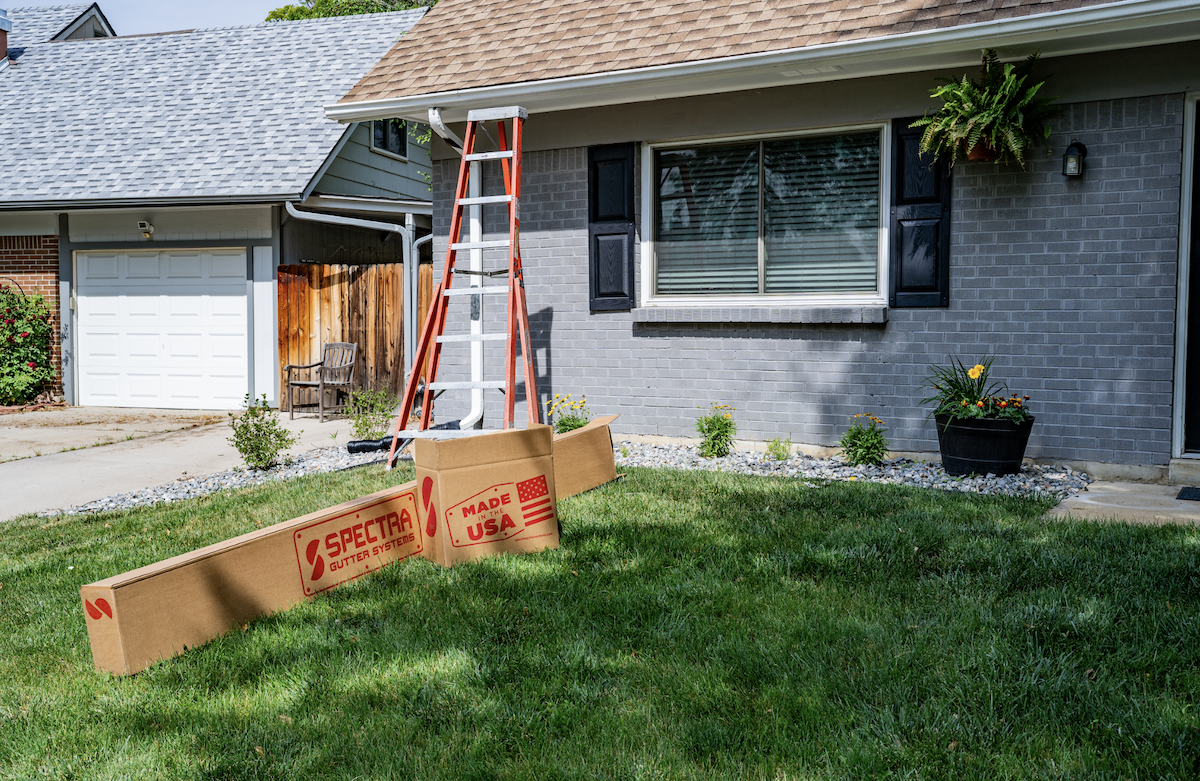

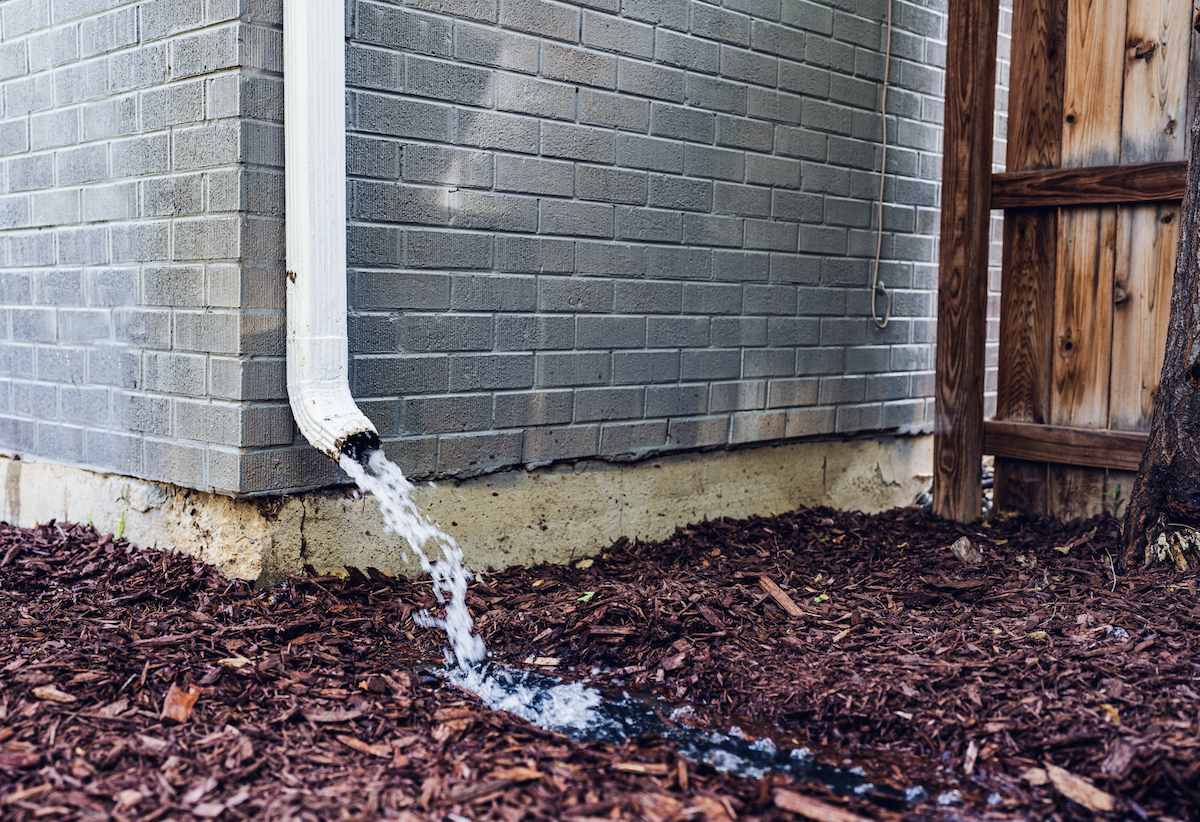


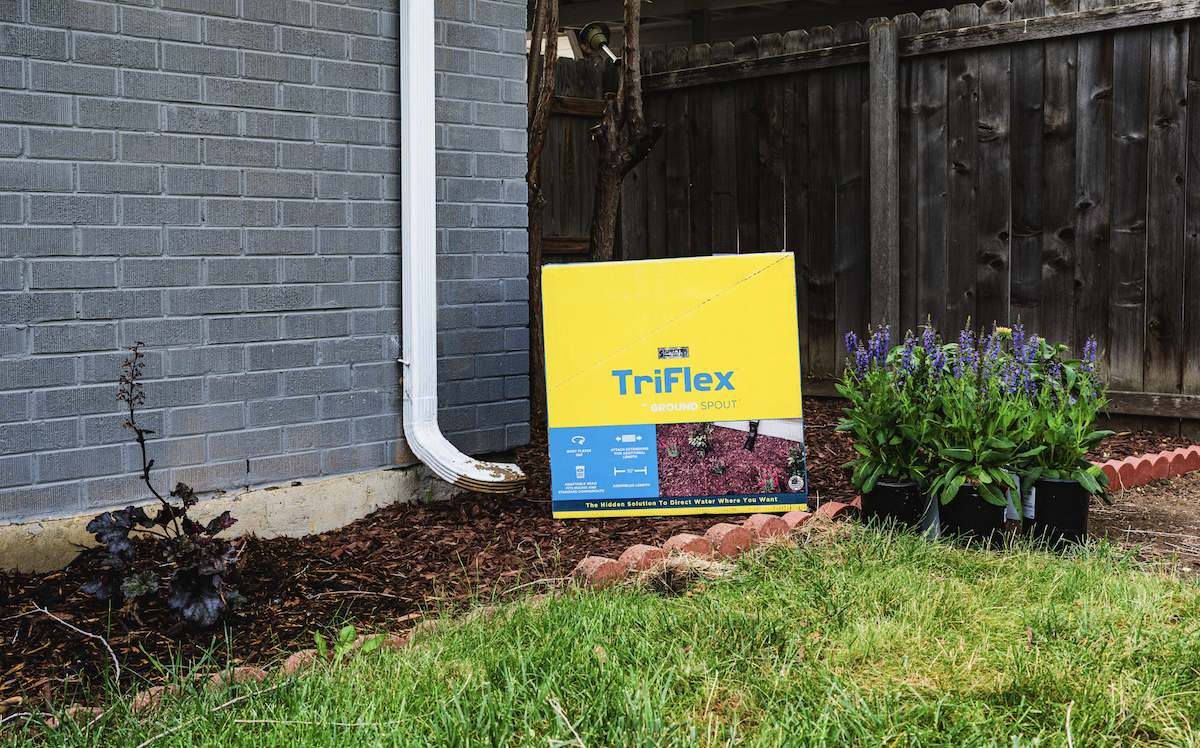
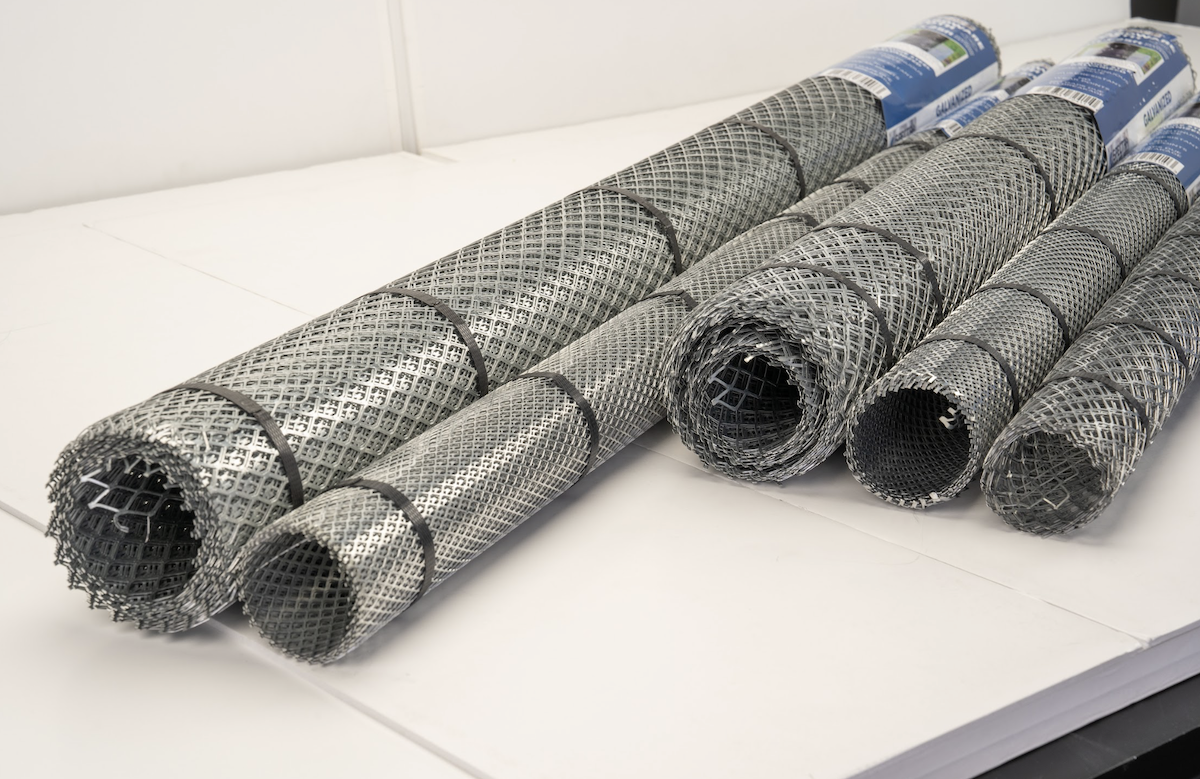

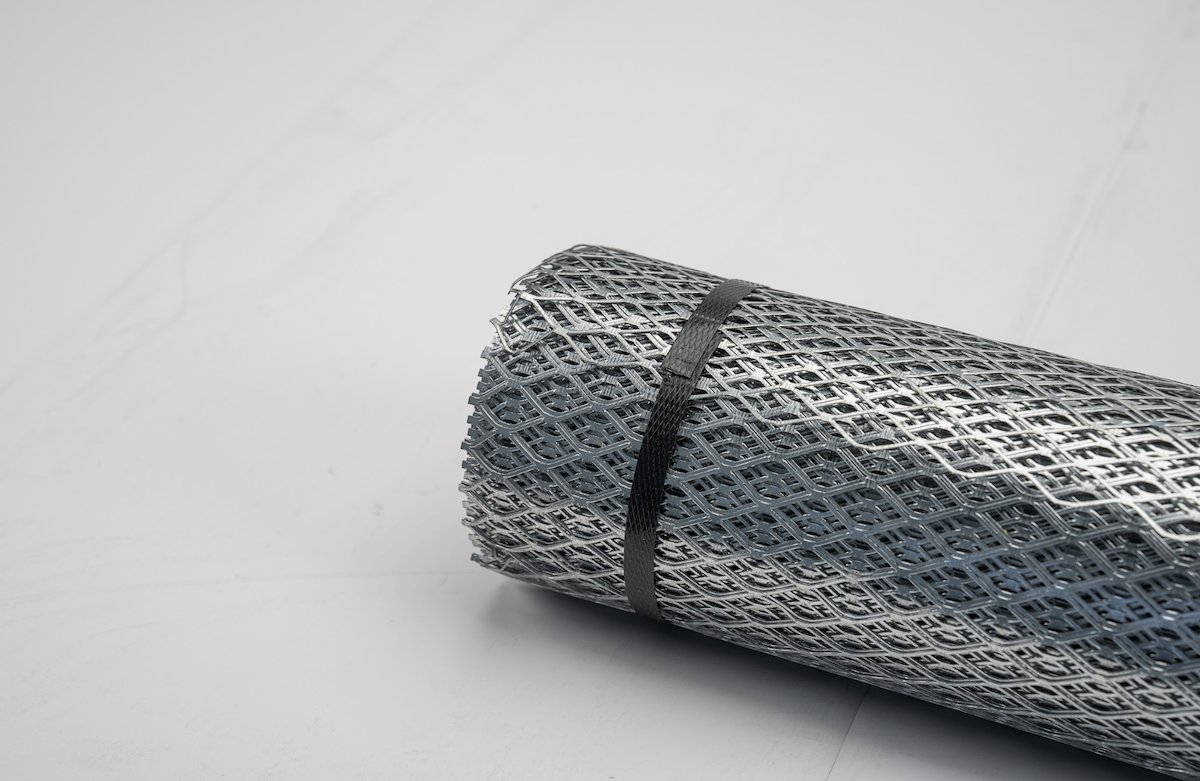
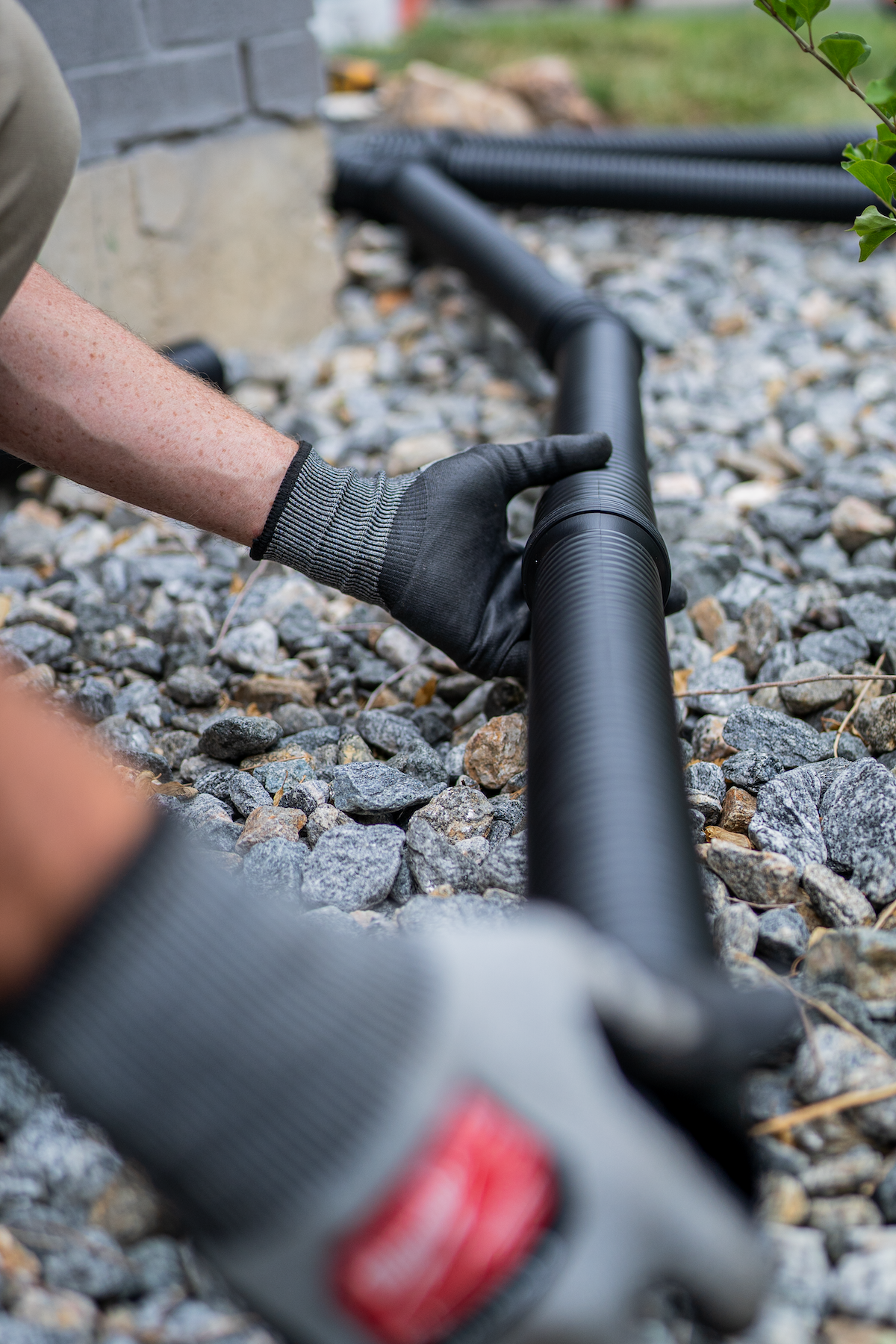


.jpg)
.jpg)


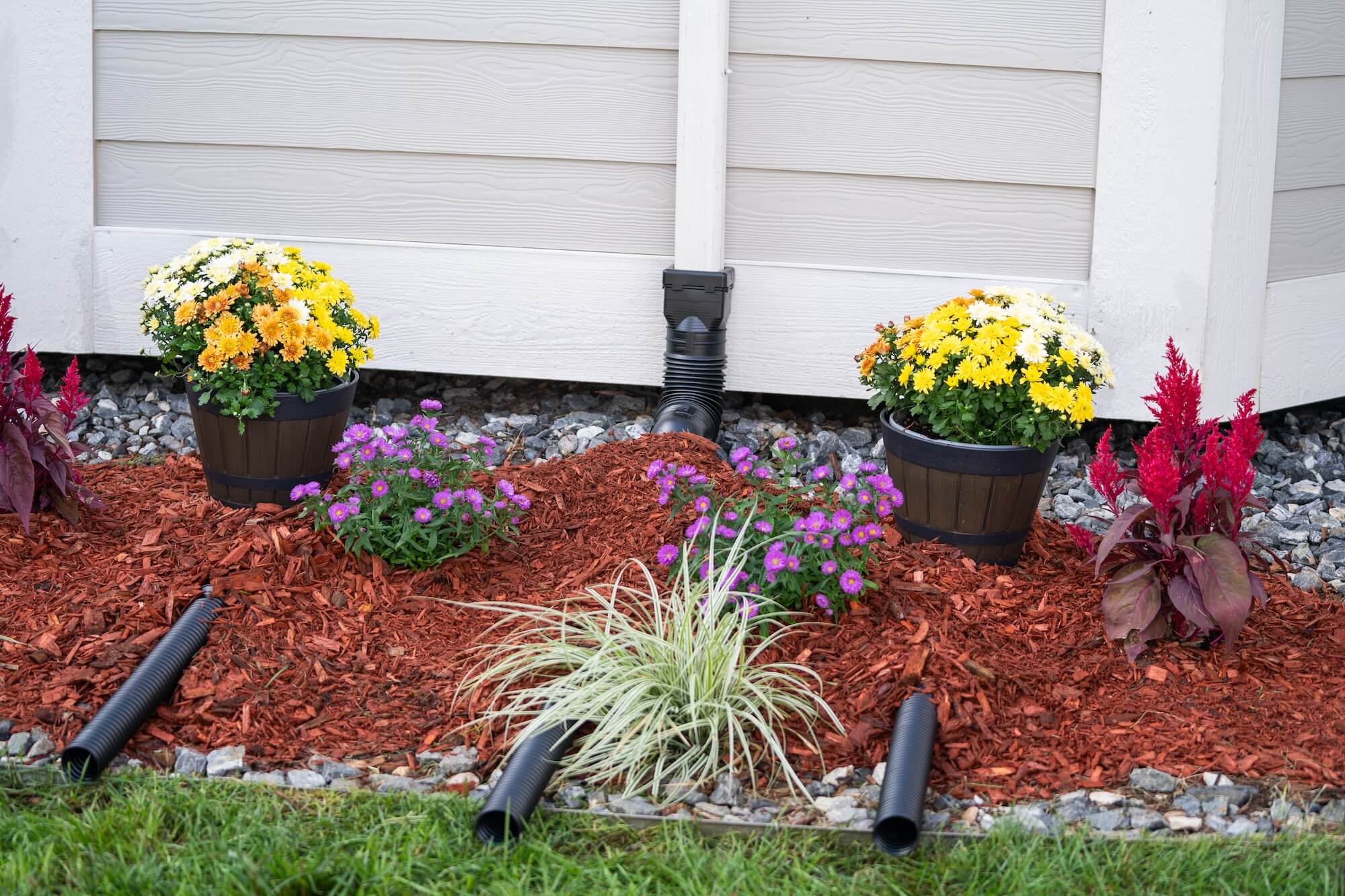


























.webp)

.webp)







